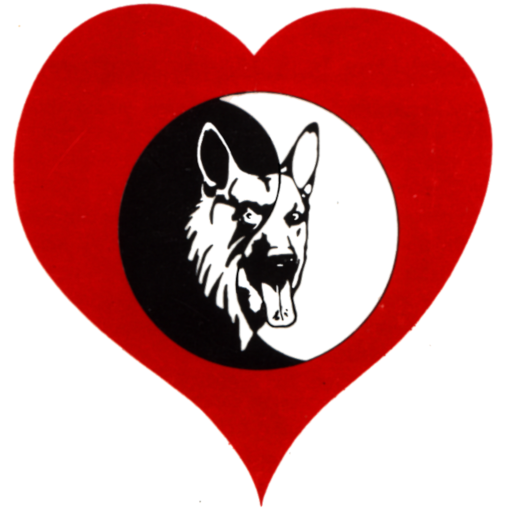How to Calm a Hyper Dog
How to Calm a Hyper Dog By Andrew Ledford 714-827-4058
How to calm a hyper dog using obedience and touching exercises. I will also briefly cover using the Off command to build impulse control
There are as many ways to calm a hyper dog as there are ways to teach obedience commands. I suggest that you remain flexible in which techniques you employ. Some of these calming exercises will be most effective when used by people who are familiar with my style of training.
The Sit and Down exercise with food is a good calming exercise. Practicing obedience training is especially effective if your dog is highly motivated for food. For obedience commands to work as calming exercises your dog must know the commands quite well before you need them. In general you will not begin teaching your dog a new exercise when the dog is in an active extreme state.
The Off exercise is one of my favorites for calming hyper dogs. The Off command is taught using food and a count or timeout. The timeout is a short penalty for touching the food. This penalty is where the dog needs to wait longer until it is given the food.
When you begin the Off exercise and the dog is very active, only go to a 2 or 3 count. Do this the first couple of times, even if your dog is normally good to the count of 5. Once your dog is doing well with a 3 count you can move to the 5 count.
After your dog has developed good concentration with the Off exercise, you can vary the count from 2 to 5. As your dog gets better at self-control you can occasionally start with a 5 count.
Handling exercises using food is another calming exercise to use with hyper active dogs. When done properly these exercises will build trust between you and your dog. If your dog trusts you it will be easier to catch when acting wild. These exercises are also covered in my book Best Friends Learning Together.
When interacting with your dog during times of extreme activity encourage calm self-control. You don’t necessarily need to keep the dog from running, but don’t allow it to slam into people or jump on humans.
In my house, the rule is that the dog is not allowed to act crazy inside. If you can’t let your dog run free in a yard try redirecting the dog’s energy toward its chew toy. Put getting the toy on command and use the toy to build self-control. Don’t play tug with your dog when it is in an active hyper state. Try to always encourage calm behavior.
Another activity for dogs without a yard is to take the dog to an open area and let them run while connected to a long line. The long line can be a useful tool even in a yard. Just be careful how it’s used. Don’t let the line get tangled around anything that will cause a problem, including human feet. Dog parks can also be a good way to run off energy.
While training and interacting with your dog work though avoidance behavior. Many dogs will approach their people and then quickly avoid being caught when reached for. If your dog moves away from you when you reach for it you are having a problem with avoidance. You can work through avoidance with food training or by calmly touching the dog as it approaches.
When touching the dog try to convey calmness through your touch. Don’t allow the dog to jump. If your dog can’t be touched without jumping or social mouthing just ignore the dog until you’re prepared. It’s a best practice to always be prepared for teaching and training. Being prepared requires having the necessary tool available when they’re needed.
Our puppy and dog training programs are designed to teach clam and focused behavior. Even a hyperactive dog can be taught to be calm. However teaching calm behavior will not change the dog’s physiological makeup. You will still have a hyperactive dog if that is the dog’s physiological makeup, but it will learn self-control. I can help you get your active dog or puppy under control if you live in Long Beach, 562 area code, or North Orange County 714, Call me at 714-827-4058
Hyper Active Puppy has some useful tip at the bottom of the page for controlling hyper puppies. These are also helpful for adolescent and adult dogs.
